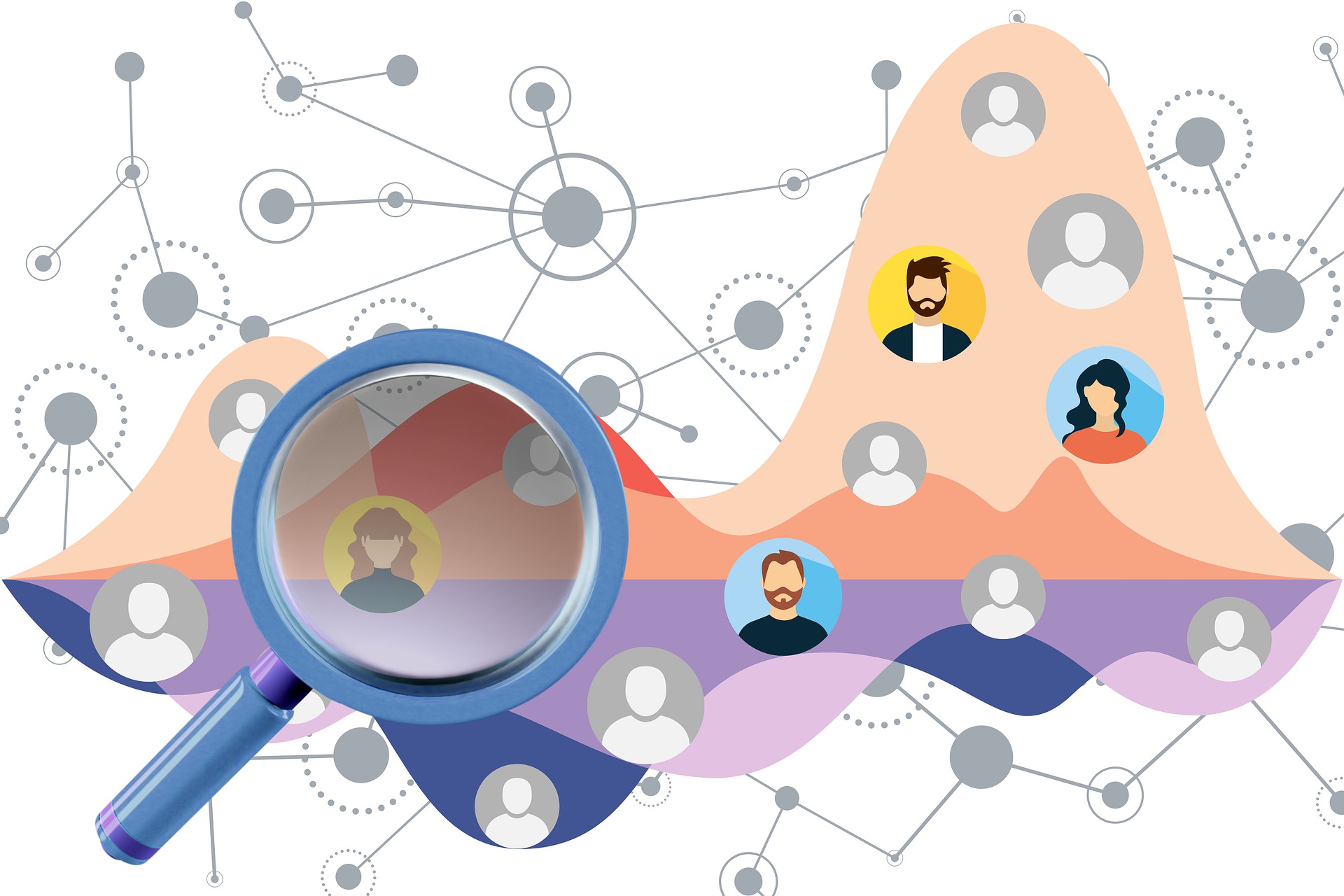Gamification in e-learning: Do you learn better by playing?

“People have played everywhere and at all times (Oerter, 2000).”
Gamification is trending everywhere these days and has been conquering many industries for the past few years. From companies in retail and online to those in the fitness industry, ways have been found to gamify their products to gain many advantages. Even in education, especially in the field of e-learning, gamification has been taking place for a long time. But does gamification really add value to e-learning? Let’s find out.
What is Gamification?
Gamification
or gamification, refers to the use of game design elements in a non-game context. Game mechanics such as points, badges, leaderboards, etc. help to engage and motivate audiences and increase the appeal of products or services. Nowadays, we encounter gamification very often in everyday life – whether we recognize it or not. Smartphone pedometers, loyalty points when shopping, or reaching the next level in the language learning app give us a small dose of dopamine every day. These applications take advantage of people’s play instincts and also intensively appeal to the reward system in the brain.
In education, game elements can improve learners’ receptivity, increase learning motivation and performance, and support long-term retention of learning. In this sense, gamification does not create anything new: it only enhances the effect of an existing application and increases the motivation to make further use of it. This does not refer to serious games, i.e. learning games that are designed to convey educational content through play (game-based learning).
Gamification in the field of e-learning
While the term gamification is very young, the concept of learning through play is not as new as it might seem at first glance. Do you possibly remember getting a reward stamp for doing well in school or playing fun memory games in the classroom? The digital age continues to bring new game elements. Some of the most popular gamification elements in e-learning include: Point systems, badges, leaderboards and progress indicators.
The concept of gamification generally consists of the following main elements: rules of the game, goals to be achieved, rewards, incentives, obstacles and challenges. Gamification also gains recognition among people unfamiliar with games – such as learners who don’t normally play games and have little familiarity with game principles.
Advantages and disadvantages of gamification
Gamification is a hotly debated topic in both traditional and corporate education. On the one hand, some skeptically suspect that gamification would not necessarily contribute to learning success and that the focus on competition and game elements could ultimately take the focus away from the learning material. On the other hand, they fear that gamification could make the learning experience seem unserious. In fact, however, research shows that gamification can be a very useful tool for helping learners retain what they learn and improve their readiness to learn. Gamification, however, is not a panacea for all learning challenges and cannot, for example, automatically make poor learning content interesting. It should also be noted that classic gamification elements focus on extrinsic motivation, i.e., motivation that comes from external stimuli, such as rewards. For learning success, however, it is important to also keep intrinsic motivation in mind: Intrinsic motivation comes from within and makes learning fun, regardless of the reward. To do this, the learning offer should arouse their own interest and fulfill a genuine, meaningful learning purpose.
Integrating gamification into e-learning creates a fun, engaging, and interactive learning experience. This causes learners to remain more engaged, curious, and motivated at all times. Thanks to gamification, failure is no longer an insurmountable obstacle, because learners can also continuously dare to try new things. In addition, gamification allows learners to track their progress and get immediate feedback, which also serves as an additional motivator.
Conclusion
Gamification represents a great opportunity to develop better e-learning strategies and more effective learning opportunities, especially to increase learner adoption and engagement in continuing education.




